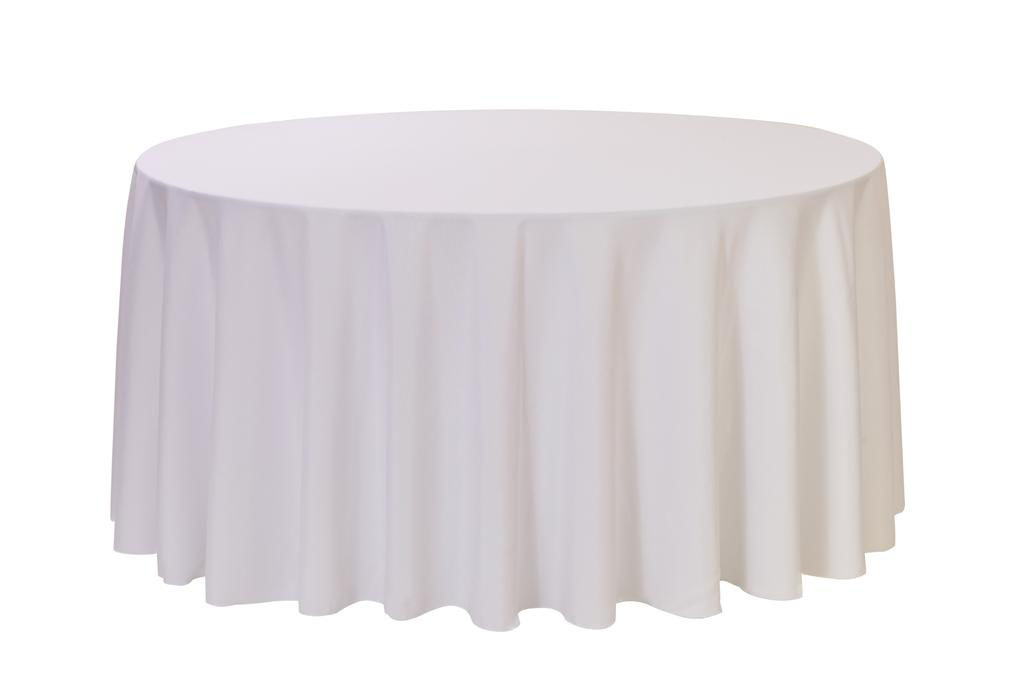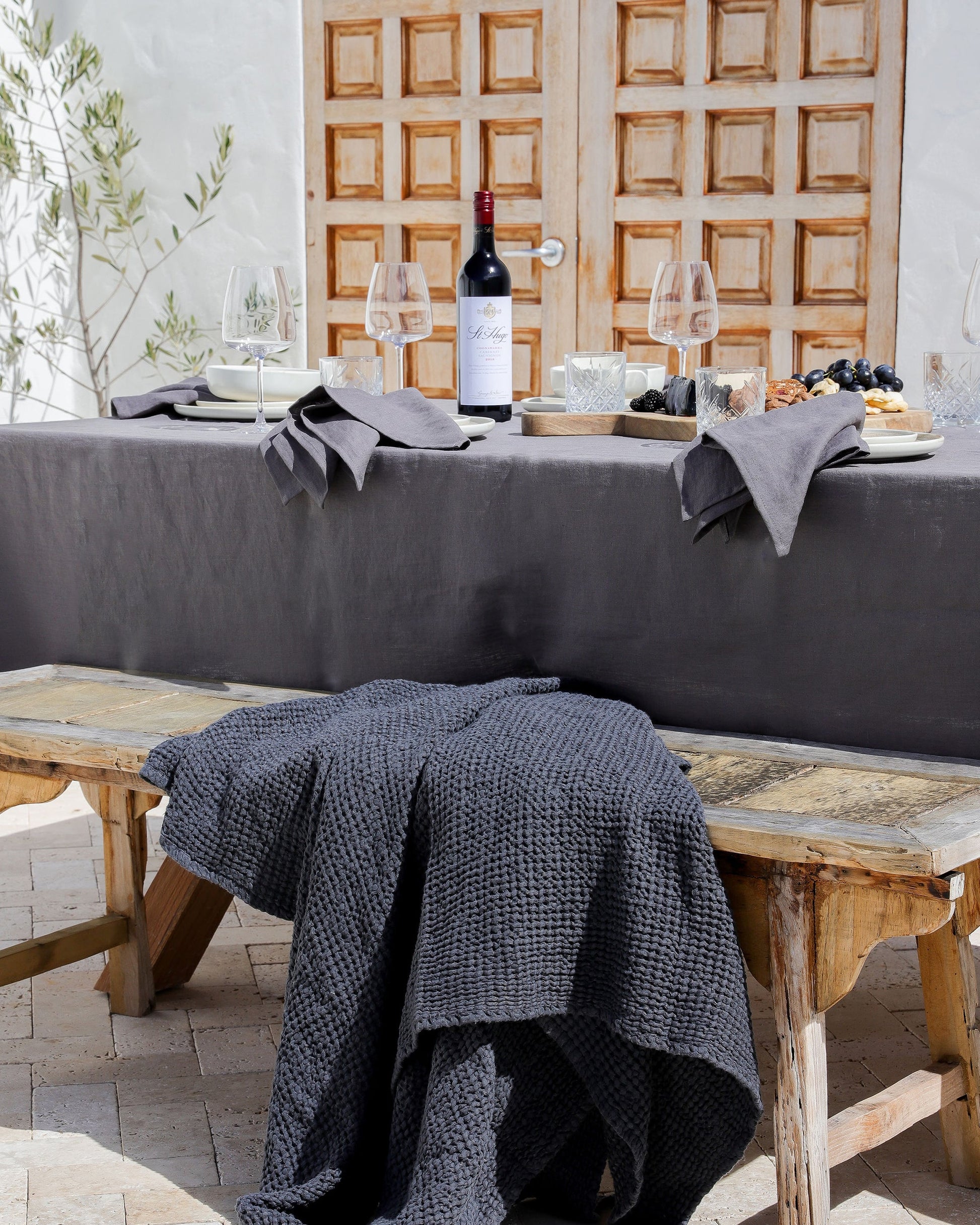Linen Material Advancements: Exploring Modern Trends and Creative Applications in Layout and Textile Sector
From lasting production methods to sophisticated weaving modern technologies, the advancement of linen is improving the landscape of the fabric sector. As we delve right into the realms of imaginative layout applications and the appearance of linen blends and crossbreed fabrics, a brand-new chapter unfolds in which bed linen's role in future fabric advancements takes center phase.
Sustainable Practices in Linen Manufacturing
Lasting techniques in bed linen production have actually come to be progressively essential in the fabric sector's efforts to reduce environmental effect and promote ethical sourcing techniques. Linen, an all-natural fiber obtained from the flax plant, uses a variety of benefits such as breathability, longevity, and biodegradability. However, typical methods of linen manufacturing can include significant water consumption, chemical use, and energy-intensive procedures.
To attend to these challenges, lots of fabric suppliers are adopting sustainable practices throughout the linen manufacturing procedure. This consists of sourcing flax from natural farms that avoid unsafe pesticides and chemicals, executing water-efficient retting methods to extract fibers from the flax stalks, and using environment-friendly dyes and surfaces. Furthermore, some companies are spending in eco-friendly energy sources to power their manufacturing centers and lowering waste through recycling and upcycling campaigns.
Technical Advancements in Bed Linen Weaving
With the expanding emphasis on sustainable practices in bed linen manufacturing, the fabric market is now seeing a surge in technical advancements specifically intended at reinventing the art of linen weaving. These developments are reshaping the way linen textiles are produced, supplying raised performance, high quality, and imagination in weaving strategies.
One of the vital technological improvements in bed linen weaving is the combination of electronic looms. These sophisticated looms are geared up with software application that enables for intricate and intricate styles to be woven with precision. By digitizing the weaving procedure, manufacturers can accomplish better consistency and precision in their bed linen materials.
Furthermore, improvements in thread spinning technology have actually enabled the production of finer and even more durable bed linen threads - table cloths. This causes softer and smoother bed linen textiles that keep their high quality even after numerous uses and washes
Furthermore, the advancement of eco-friendly dyeing procedures and finishes for bed linen materials is gaining grip. These lasting methods not only lower the ecological influence but likewise deal with the boosting consumer need for fairly created fabrics.
Creative Style Applications for Linen
Ingenious imaginative strategies are progressively forming the creative layout applications for linen in the fabric market. Bed linen's natural aesthetic allure and ability to mix with various other materials make it a preferred selection for producing special garments and accessories that provide to the eco aware customer.
Additionally, designers are explore bed linen in home decor, utilizing its resilient and breathable nature to craft stylish furnishings such as curtains, bedding, and furniture. The appearance and drape of bed linen bring a sense of elegance and convenience to interior rooms, including a touch of elegance to modern-day homes.

Bed Linen Blends and Crossbreed Fabrics

Hybrid materials, on the other hand, take the idea of mixing a step even more by integrating extra aspects such as metallic strings, recycled products, or conductive fibers. These cutting-edge fabrics not only increase the layout opportunities however also present practical aspects like conductivity, antimicrobial homes, or boosted durability. Crossbreed textiles are progressively being utilized in different markets, consisting of fashion, interior decoration, and technical textiles, where the need for multifunctional products is on the rise.
Linen's Role in Future Fabric Innovations

In the world of future textile technologies, linen is anticipated to be a key player in the development of advanced practical fabrics. Developers and scientists are discovering methods to enhance bed linen's fundamental high qualities with technical improvements, such as including clever textiles, nanotechnology, and performance finishes. These advancements aim to raise linen's performance characteristics, making it appropriate for a broader variety of applications, from activewear to safety clothing.
Furthermore, the mix of linen with other natural or artificial fibers opens limitless possibilities for creating novel textiles with distinct residential or commercial properties and capabilities. By leveraging bed linen's features and checking out ingenious blends, the fabric industry is poised to introduce amazing developments that provide to advancing consumer demands and sustainability needs.
Verdict
Finally, the expedition of sustainable practices, technical innovations, creative style applications, linen blends, and its role in future textile advancements highlight the continuous development of linen fabric in the contemporary design and fabric market. With an emphasis on development and creative thinking, the flexibility and green nature of linen make it an important material for developers and producers alike, leading the way for further developments and developments in the field of textiles.
As we dig right into the realms of innovative layout applications and the introduction of bed linen blends and hybrid fabrics, a new chapter unfolds in which linen's function in future fabric technologies takes facility phase.
Checking out the fusion of bed linen with various other materials has actually led to the appearance of ingenious blends and hybrid fabrics in the contemporary textile market. Bed linen blends offer an one-of-a-kind combination of the attributes of bed linen with those of various other fibers, resulting in fabrics that have boosted residential or commercial properties such as boosted toughness, enhanced draping, and reduced wrinkling.The evolution of linen blends and hybrid materials has actually set the stage for Bed linen to play a crucial role in driving future fabric innovations.In the realm of future textile advancements, linen is anticipated to be a crucial gamer in the advancement of sophisticated functional textiles.